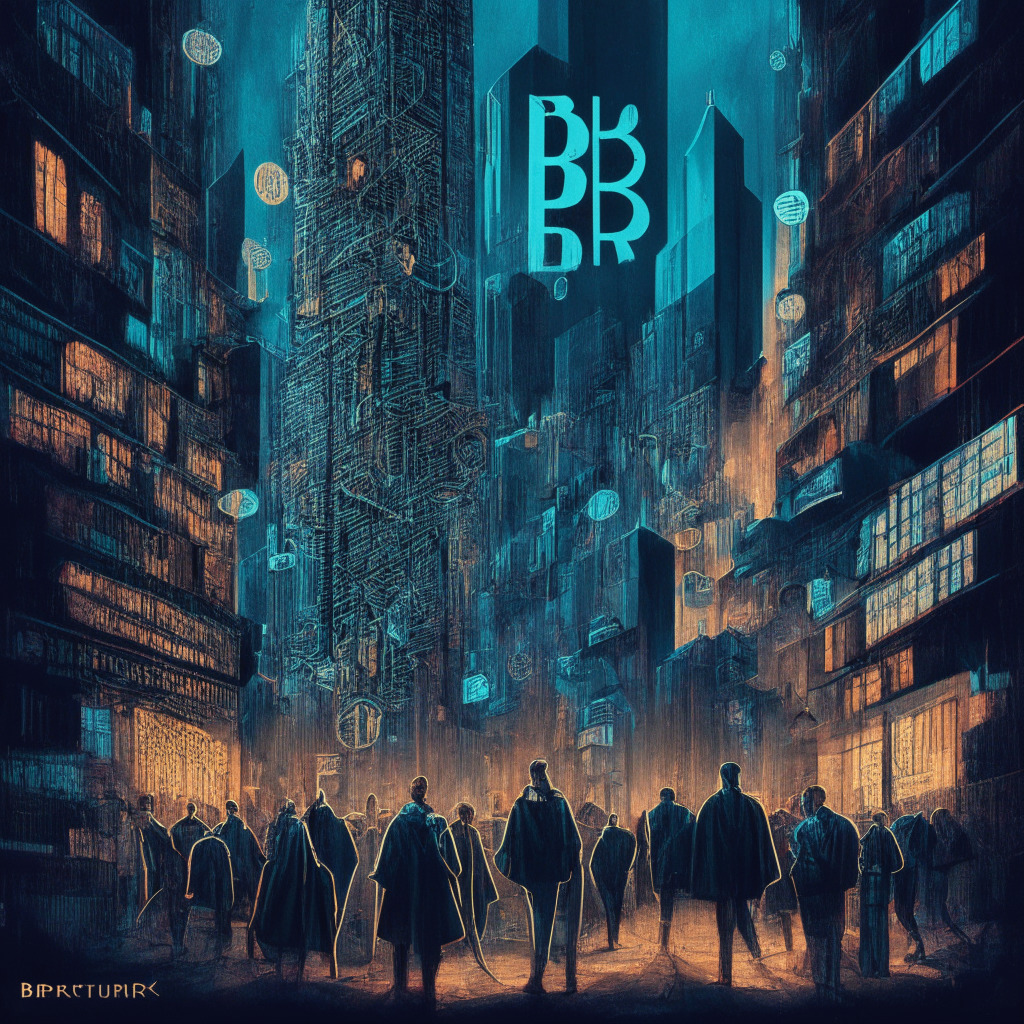The launch of BRC-20 tokens and Ordinals NFTs on Bitcoin has transformed the blockchain overnight, drawing comparisons to a clunkier version of Ethereum. This outcome was never anticipated by the core developers and miners who supported the Taproot upgrade back in November 2021. Bitcoin is now bearing many of the same issues that have plagued Ethereum, such as the rise of memecoins, NFTs congesting block space, and soaring transaction fees.
The unexpected occurrences have triggered discussions over whether these should be seen as natural outcomes from a permissionless protocol or if measures should be taken to eliminate them. The surge in tokens has exceeded $1 billion in market cap, and major wallets are already showing support for BRC-20 tokens. With recent developments such as the launch of a Uniswap fork, it seems that the creation of a permissionless new ecosystem on Bitcoin is likely to continue.
Mati Greenspan, founder of Quantum Economics, highlights that while Bitcoin transactions reach all-time highs, the number of unique addresses has declined, meaning fewer people are accessing the network. This has affected countries like Nigeria and El Salvador, where the average cost of sending a transaction has jumped to $30. As a result, Greenspan notes that “the dream of financial inclusion on Bitcoin has been temporarily postponed.”
Some Bitcoin enthusiasts and developers argue that perceived “spam” should be filtered out through methods like soft forks to enforce strict Taproot validation script size or hard forks to reverse Taproot. However, individuals like Glassnode’s lead on-chain analyst, Checkmate, believe that any form of censorship goes against Bitcoin’s fundamental principles.
The hope is that the interest in tokens and NFTs will eventually fade as the memecoin trend runs its course. Nevertheless, should Ordinals continue to heavily impact the network, the more extreme option of forking Bitcoin to modify or remove Taproot remains a possibility. In the meantime, the focus should be on how to make tokens more efficient and explore further possibilities for storing data on Bitcoin’s blockchain.
Source: Cointelegraph




